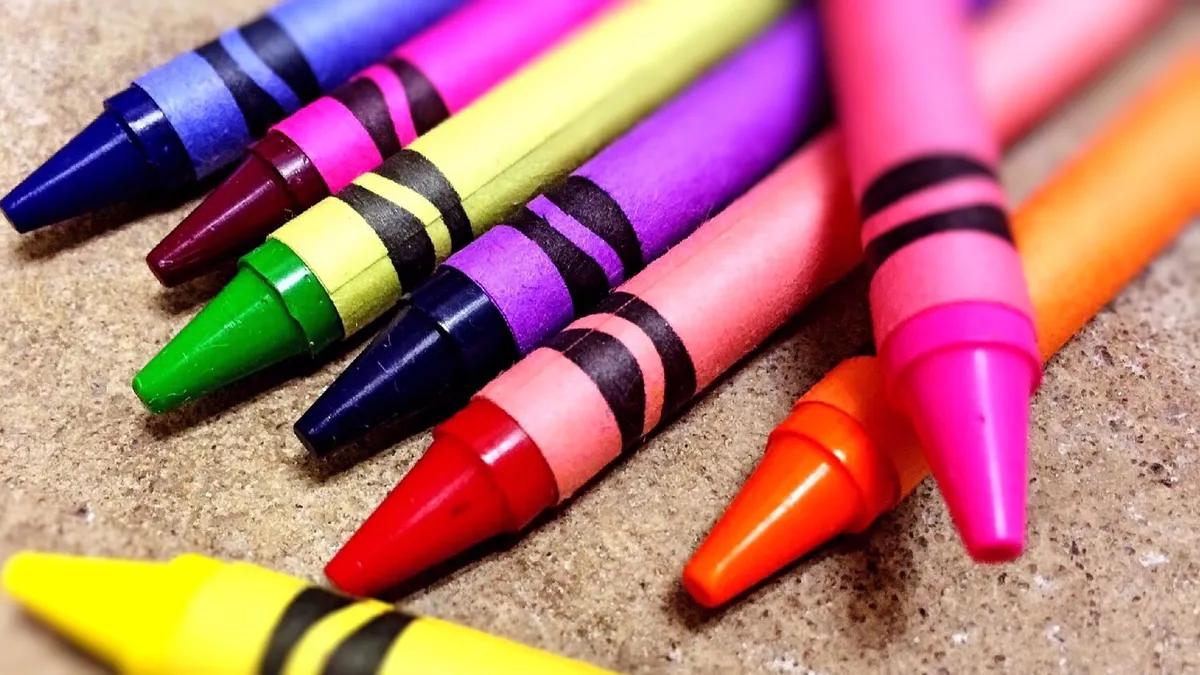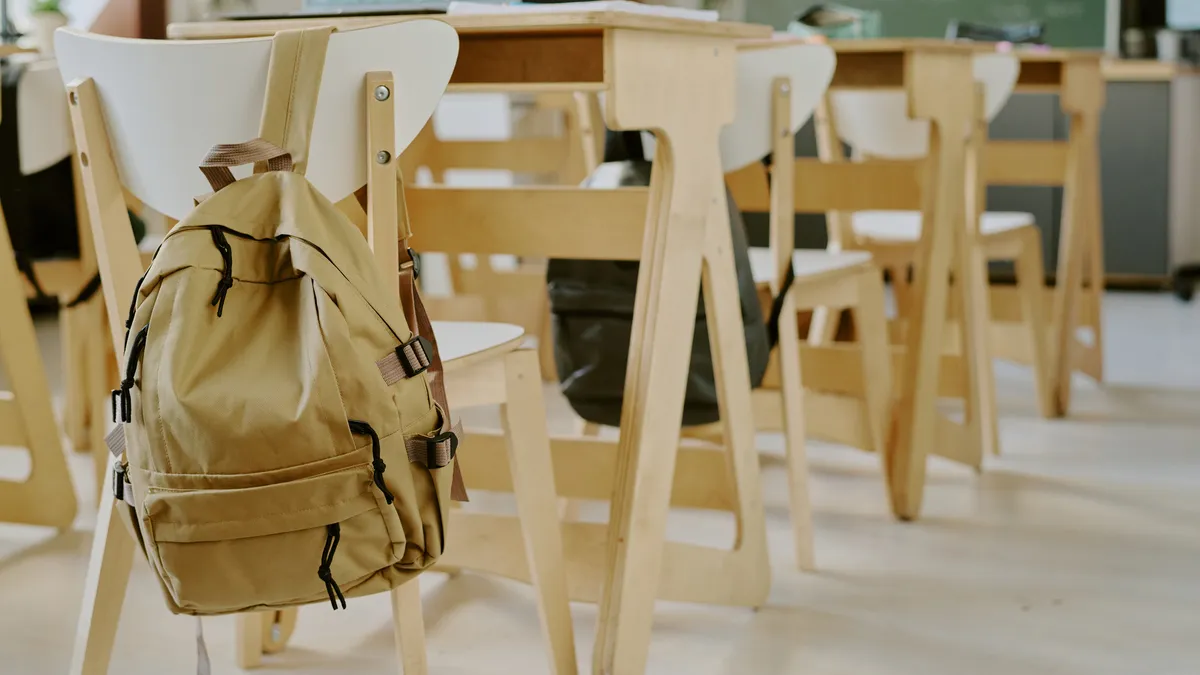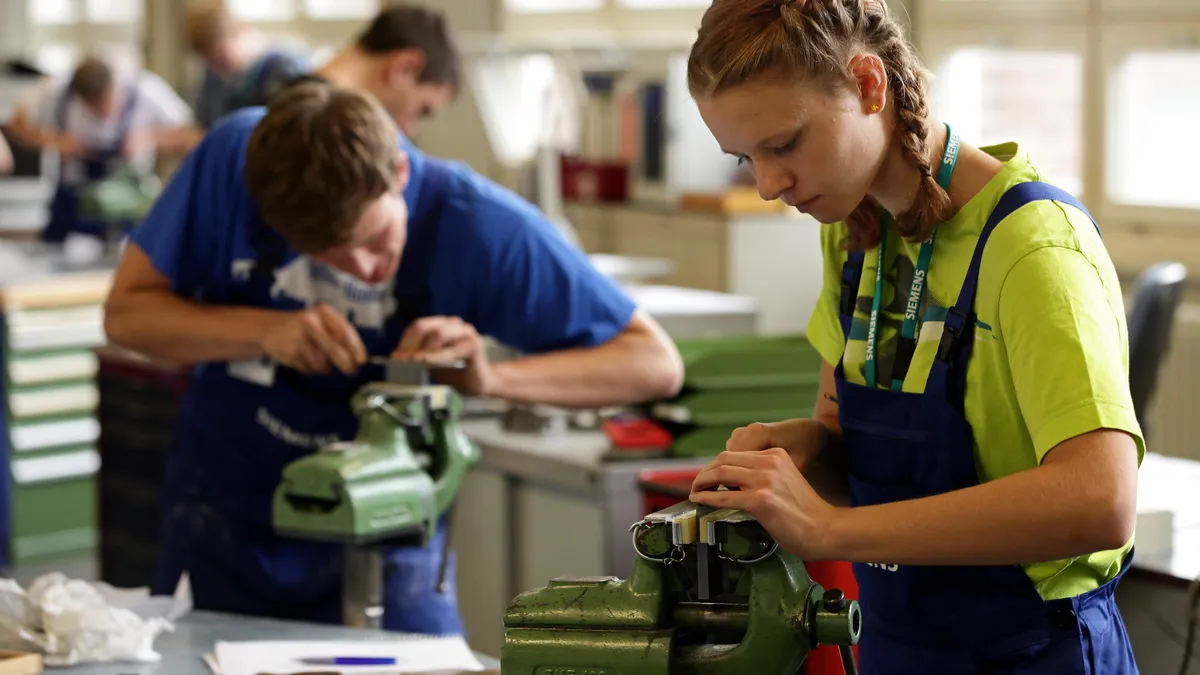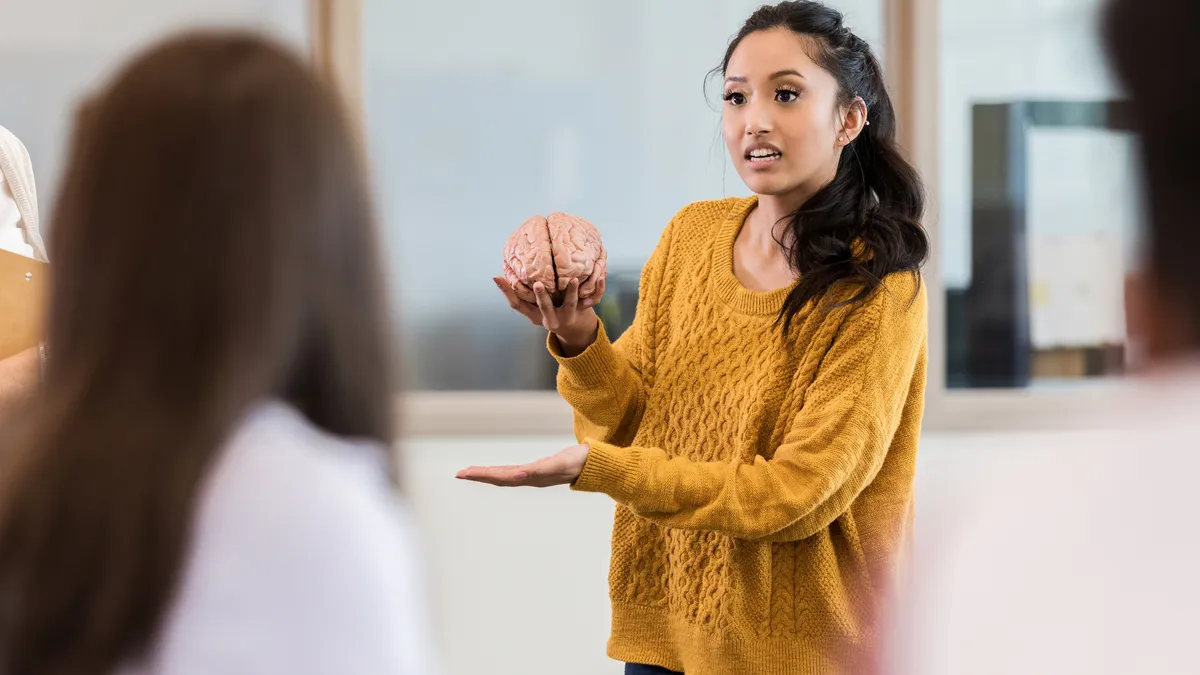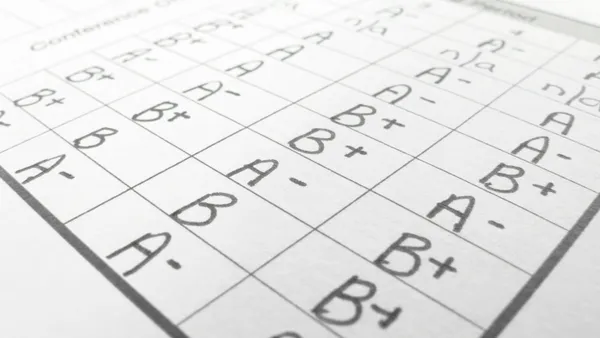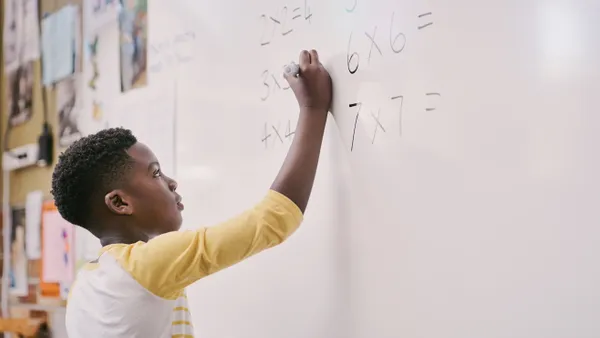Since mid-March, the novel coronavirus pandemic has forced schools nationwide to take lessons fully virtual, with students and educators both working from home. While many core academic subjects mostly translate to an online environment, there remain a handful that are much more difficult to carry out — namely the arts.
From visual arts to music, these subjects largely require hands-on lessons that immerse students in the act of creating or performing.
"For those of us who are not into looking at a computer and a screen all the time, it's really the pits, you know?" said Marnie Claunch, an arts educator in the School District of University City in Missouri. "And then to ask our kids to do that for so many hours in a day is even worse. Being there with the kids, making art, is the part that I like about teaching."
The importance of the arts and the challenges that come with translating them to a remote environment are top of mind for districts' curriculum directors, as well.
"We can't skip this learning or creative outlet," said Derek McCoy, director of learning and innovation for Georgia's Grady County Schools. "Our learners aren't just about math and reading — our artists and creative thinkers need attention and focus here, as well. And our truly creative teachers are making sure that we are taking a multidisciplinary approach to teaching — integrating math, science, reading into arts and vice versa."
Workarounds for supplies
Navigating art and music supplies for their respective courses is perhaps the biggest challenge.
"We have to open the building for teachers to come in to get the supplies — including, if it’s music education, any of the instruments," said Matthew X. Joseph, director of curriculum, instruction and assessment for Massachusetts' Leicester Public Schools. He added, however, that staff obviously can't transport large-scale instruments or art tools, like a kiln for ceramics, home.
In University City, Claunch said the district was able to work with Wyman, a teen outreach organization, to organize donations of supplies for K-5 students from nonprofit KID smART.
"In the meantime, while we waiting to hear if we had a donation, the district was able to purchase some basic supplies and put together bags," said Claunch. "The district has a grab-and-go meal plan, so we just organized it so I had the art teachers notify the families that they could pick up a bag of supplies when they get their grab-and-go."
Getting supplies to older students has been more challenging, she said, though she noted that in some of those cases, assignments have been modified to use household objects or things from nature.
This is an approach Joseph supports, as well, suggesting that encouraging students to use the supplies or instruments or graphic design programs they might have available in their homes can allow them additional freedom to express themselves while showing their understanding of a concept in the context they're most comfortable with. This also allows for an additional layer of critical thinking.
"Ask students what works. It will make them feel heard and valued," he said.
Evaluating work in new ways
In most cases, students in the arts are submitting photos or videos of their work, but it's not the same as an educator evaluating a piece of art or a performance in person.
"One of the things that makes arts education so impactful is the creativity," said Joseph. To add some depth in that process, students in Leicester Public School are able to use tools like Flipgrid and Padlet to showcase their work and record videos of themselves giving an explanation.
"A lot of times in arts education, there’s a story behind the art or the expression or the piece, and having that capacity for students to share that is important," said Joseph. "Keeping the ideas at the center and not putting the tools at the center, I think, will help really bring out some exciting things."
Claunch noted, however, that it is difficult to effectively do so without all students beginning on an even playing field with the same expectations in this situation. "We're not teaching to the same outcome that we would normally," she said.
Though arts teachers in University City have also been evaluating digital photos of students' work, the fact that some students aren't necessarily interacting or able to maintain contact due to issues like lack of internet access, Claunch said expectations were limited. As a result, the main focus for the arts has been on providing activities to support students' mental well-being.
"We give them an art choice board, and the only thing we're doing is providing lessons and opportunities for them to create, mostly away from a computer screen," said Claunch. "So, they [still] have to take pictures and send those, but we do [also] offer sites where there's virtual art tours and you can go to galleries and museums."
Crowdsourcing ideas on social
While arts educators can't currently collaborate and share ideas formally, Joseph said that they not overlook opportunities to do so online.
"If you have an idea, put it out to the masses," he said. "Put it out on Twitter or Facebook or Pinterest to have other people help you with solutions. The isolation is making it incredibly difficult to collaborate, but we need to use our resources."
Creating a hashtag, like #ArtTeacherIdeas, for example, can connect educators with peers craving collaboration and all too happy to help build out an idea, Joseph said.
"More times than not ... teachers have flocked to help," he said, adding that he also sometimes sees that businesses like Lowe’s notice the discussions and donate materials, because they want to help, too.
"Get your idea out there and ask for input," he said, "and I think you’ll be amazed what will come from it."



